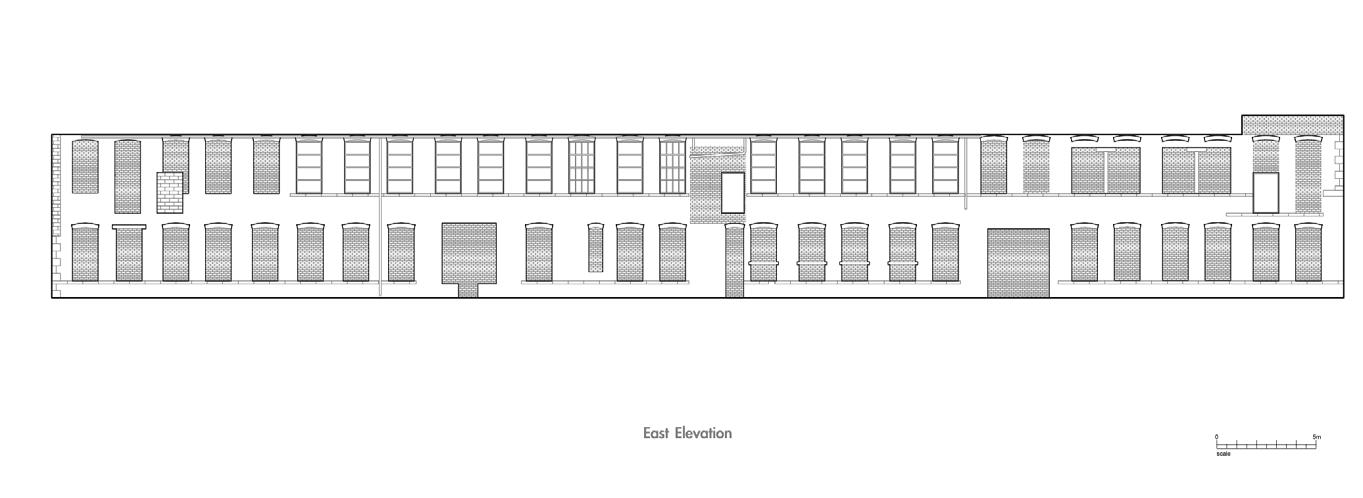
2 minute read
THE AFTER LIFE GRANTON
from Portfolio2023
by 张月晗
Site Survey 01
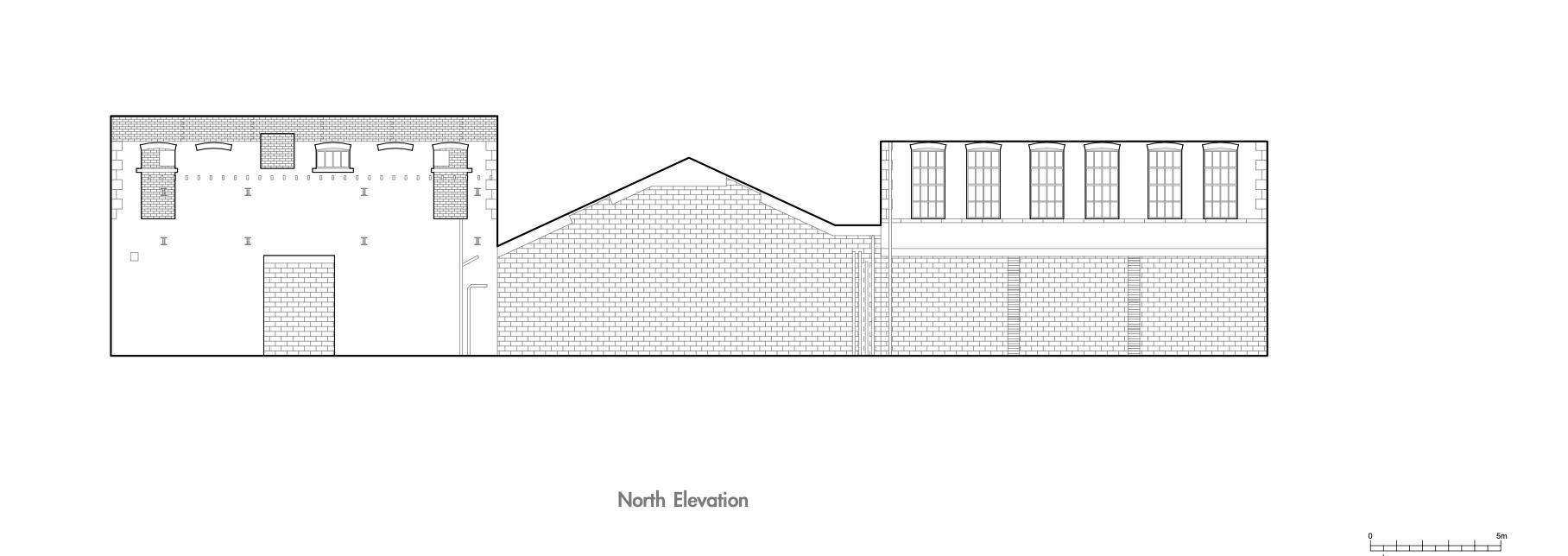
Advertisement
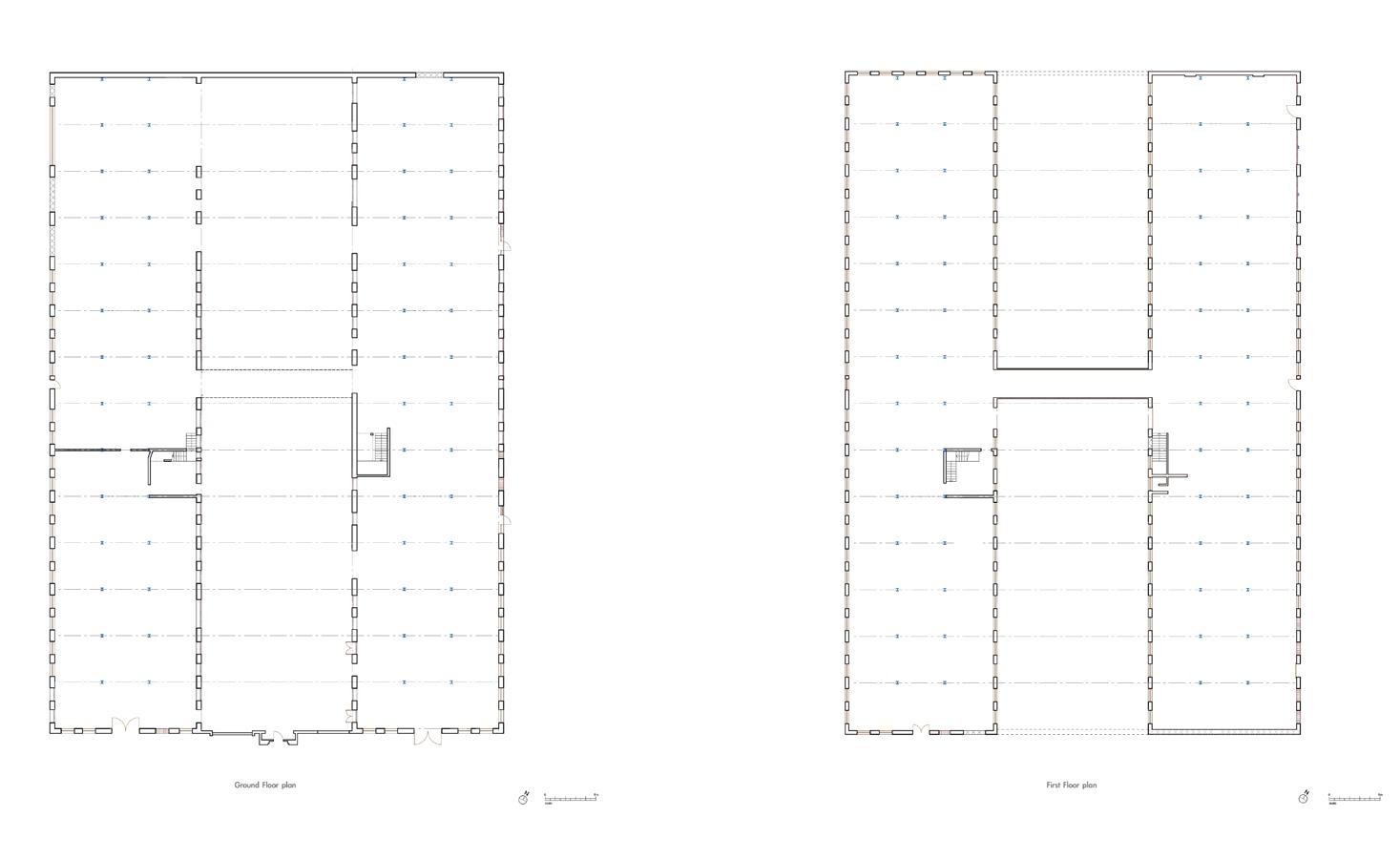
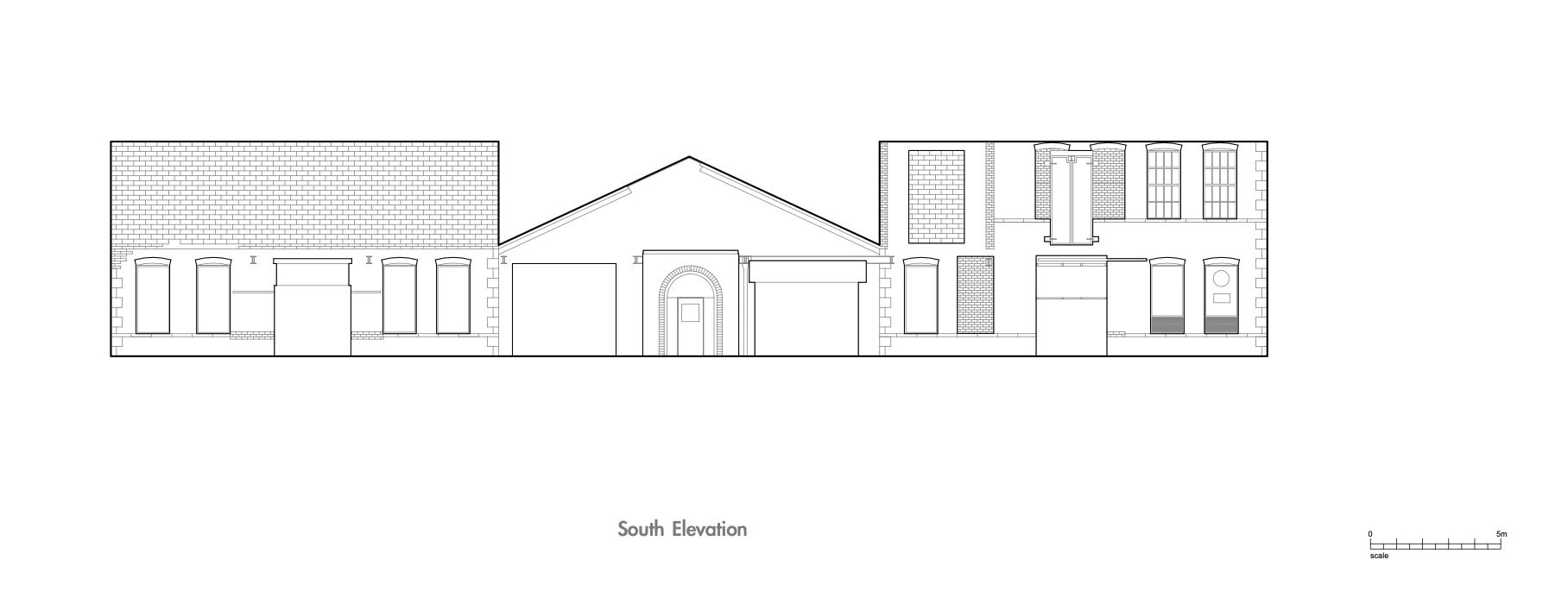
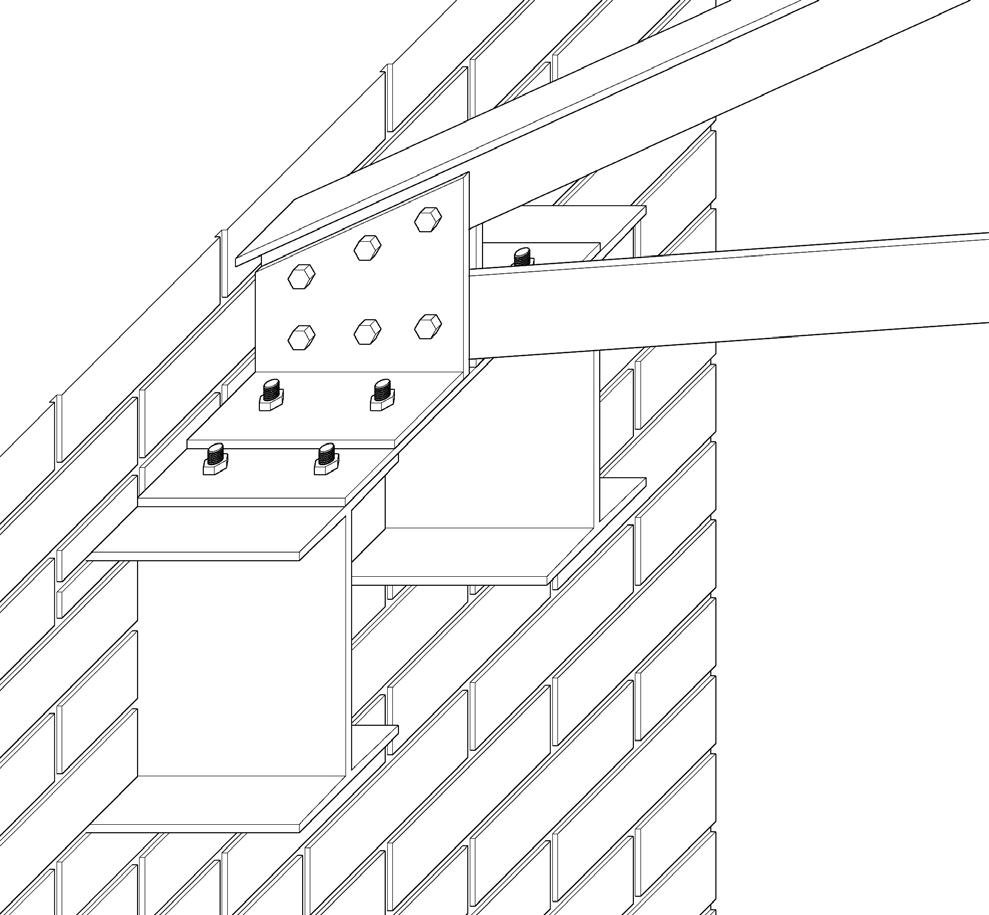
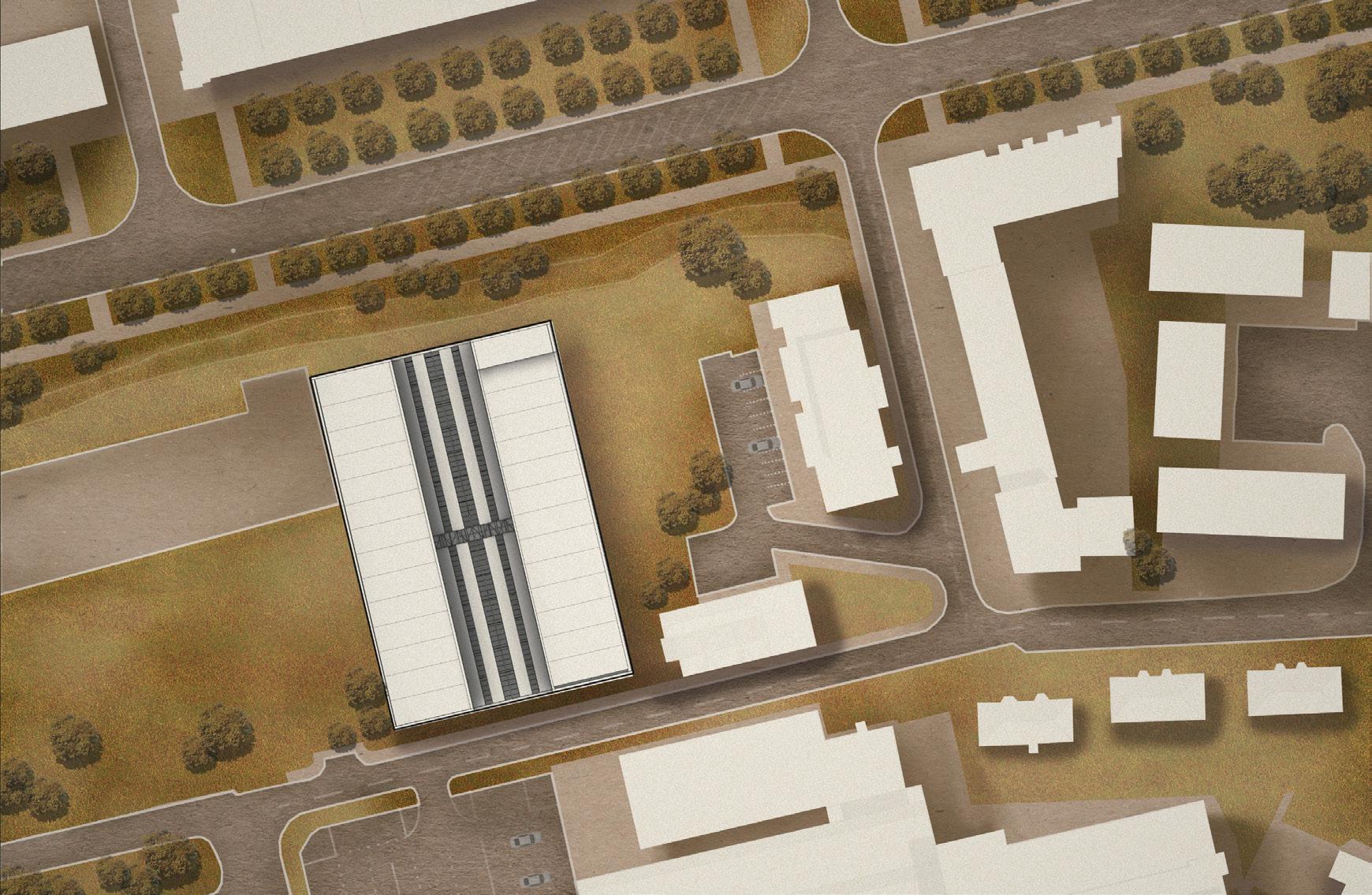
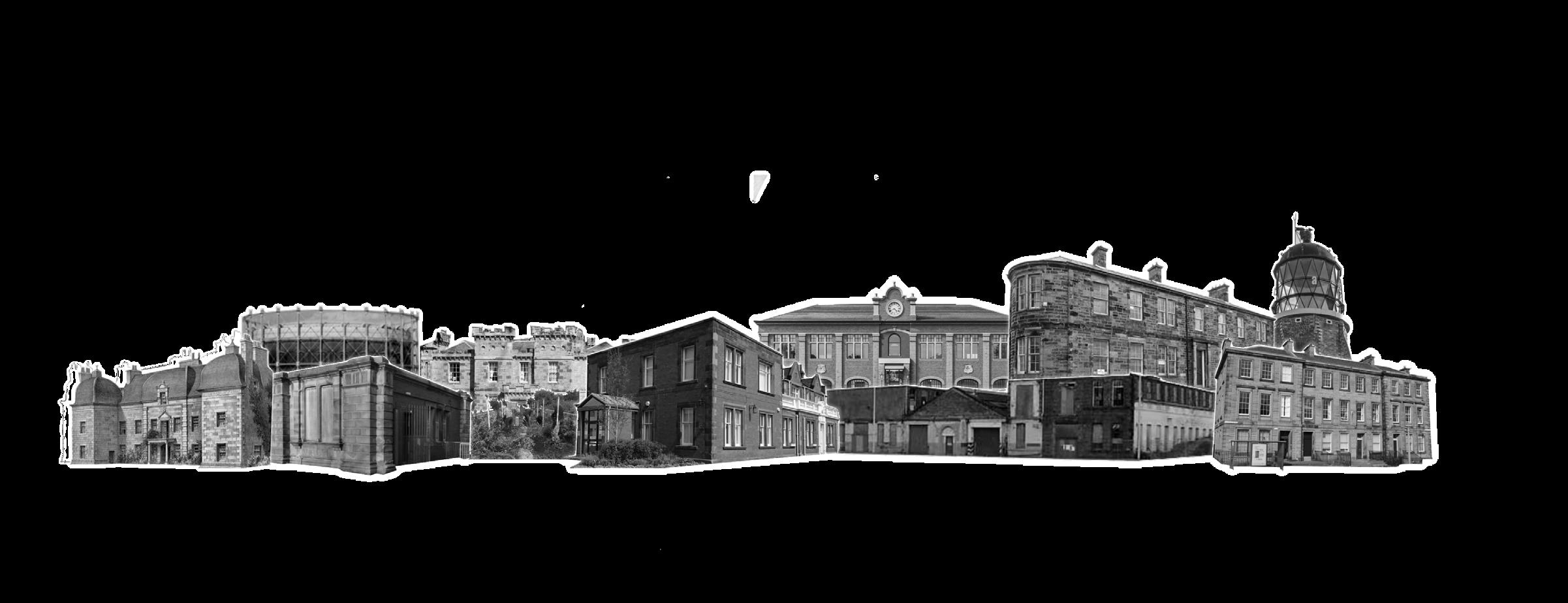
Flat Lay Drawing
The Granton Waterfront sits at the north of Edinburgh, on the shores of the Firth of Forth. It is 3 miles away from the Edinburgh city centre, with very low population density. Instead, it is covered with extensive green spaces and open spaces.
This area has rich and productive history, and has a lot of listed heritage buildings. Through back to 1898, the Madelvic Car Factory as the very first electric car factory in UK, was once the pride of Edinburgh. It was a symbol of Britain's glorious industrial period.
Although those days are long gone, people in Granton are still still hold on to this history and wish to bring the land back into the spotlight. The area is also considered by the government to have a potential for development. Soon, a new community will breathe new life into Granton.
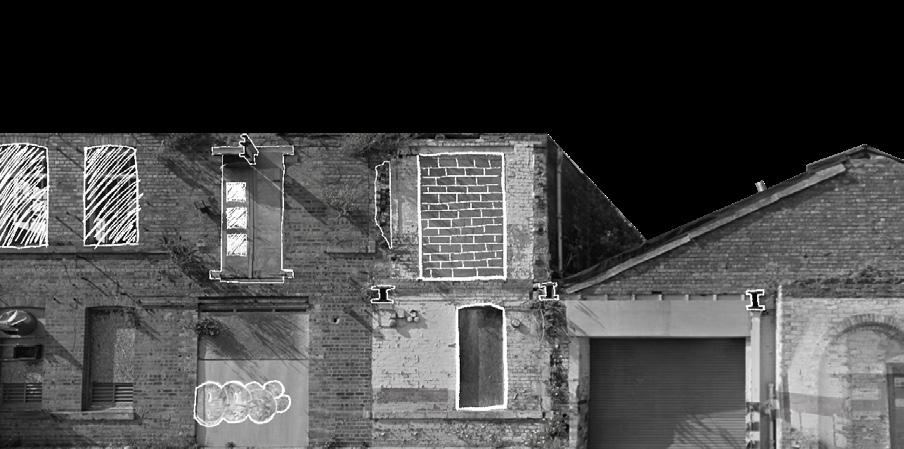
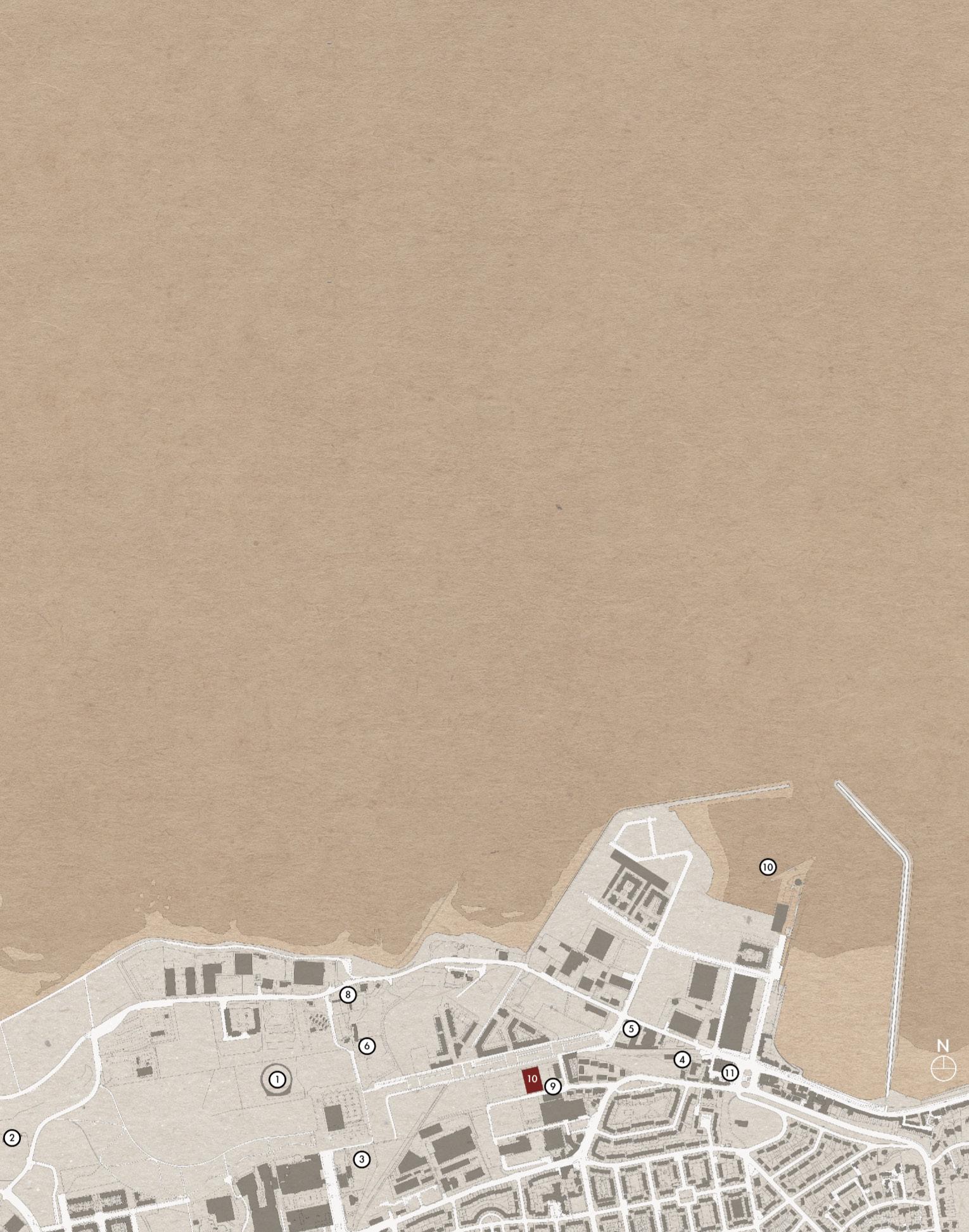
The Madelvic car factory is a building constructed mainly of brick walls and steelwork. The six brick walls divide the building space into three parts, the west wing, the east wing and the atrium. The west and east wings are almost identical in structure, except for one thing: the west wing has timber floor slabs and secondary beams on the first floor, which are now almost completely decayed, while the east wing has steel I-beams casted into the concrete floor slabs, which are in good condition. This is due to the fact that the east wing has been renovated. The atrium is supported by 13 huge trusses that are elevated and have no structure in between. This part of the building was once used as a test track for cars when it was a car factory, which is why the space is so open and empty.
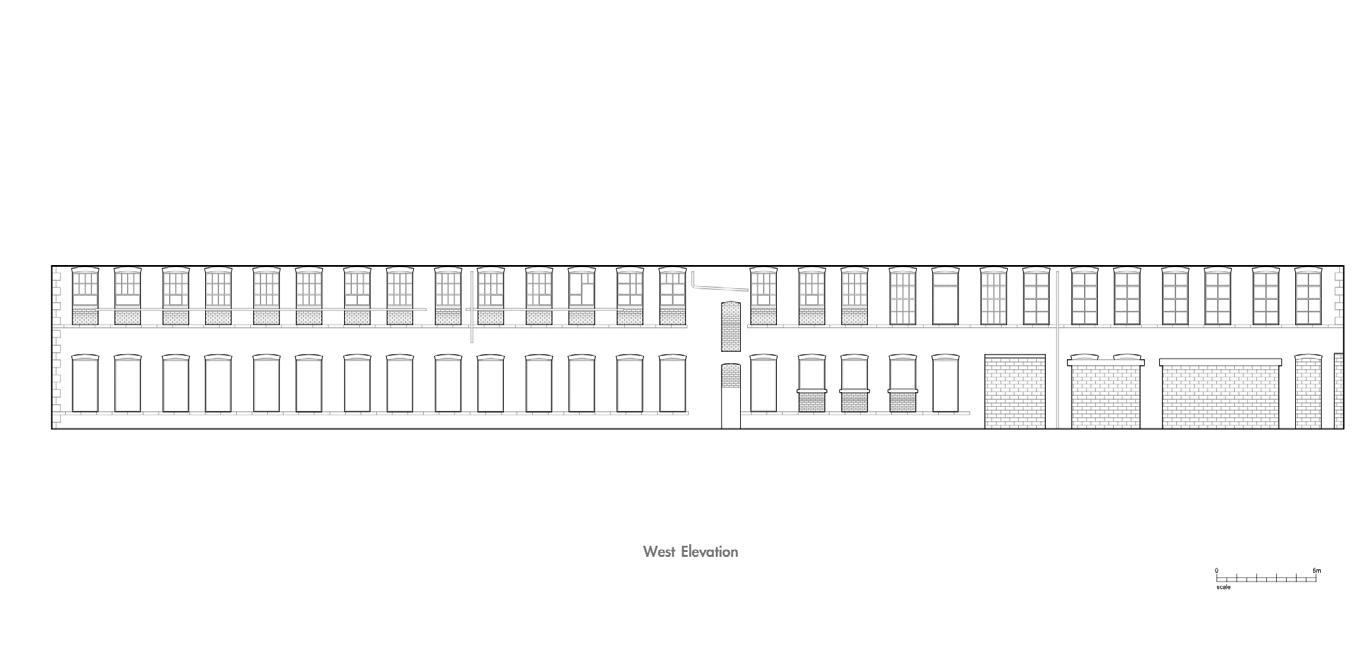
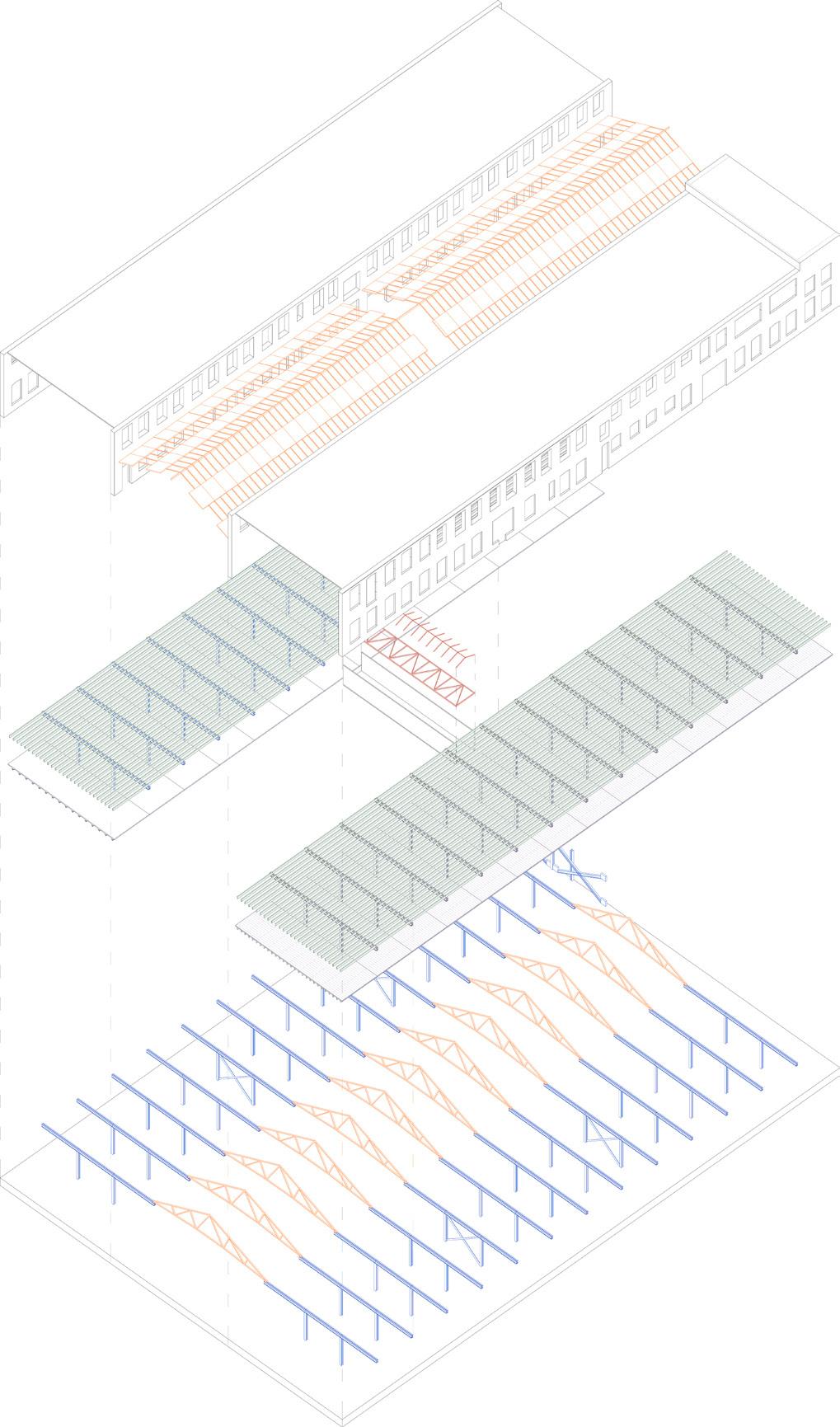
The atrium is the most structurally unstable space in the building; the truss is not well integrated with the roof, so most of the roof panels have fallen off. The bridge is still intact, but the rusting of the materials suggests that it is no longer usable. The only part of the atrium that remains structurally sound is the central truss. The truss stands on an I-beam that protrudes from the brick wall, thus creating an overhead structure.
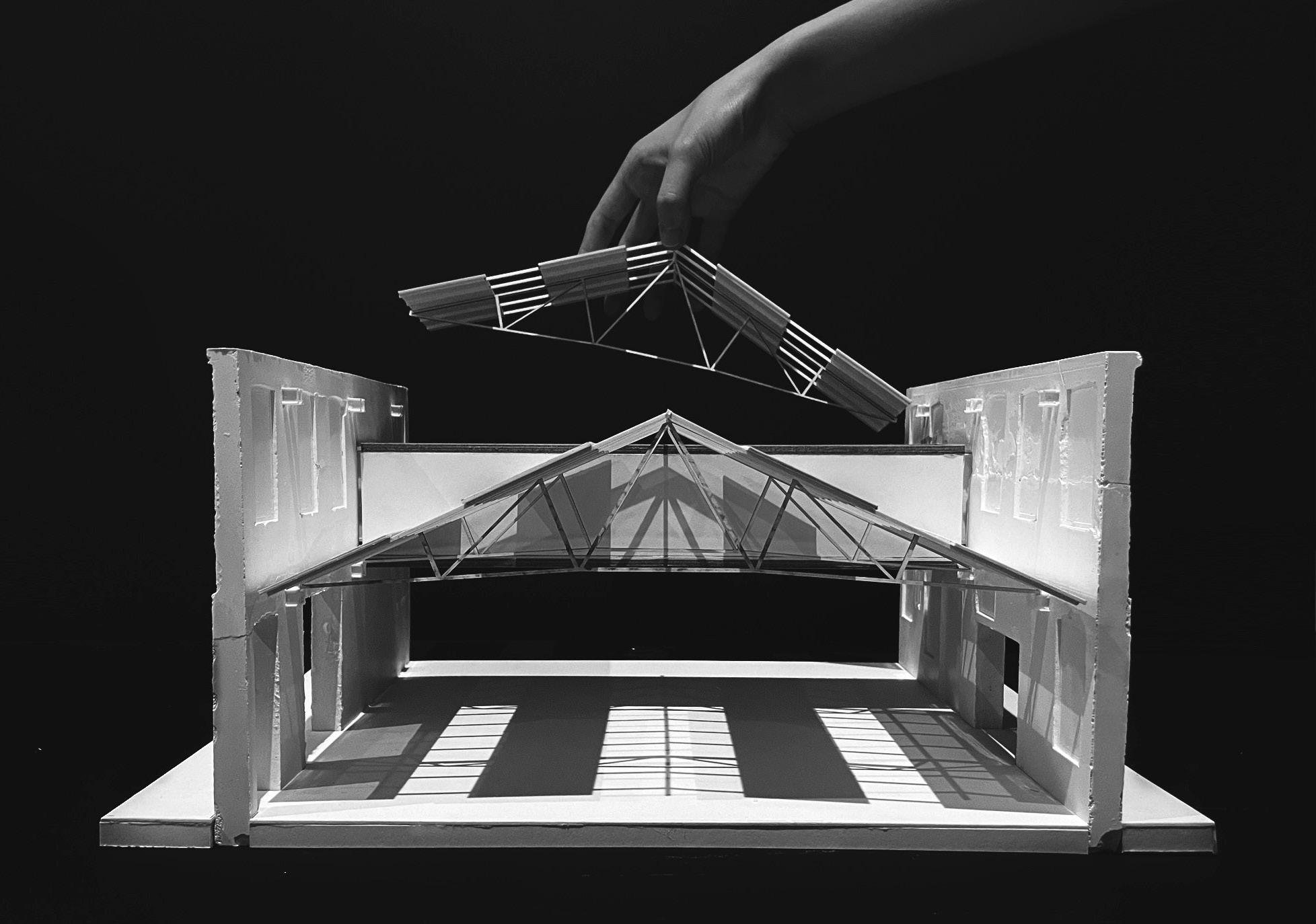
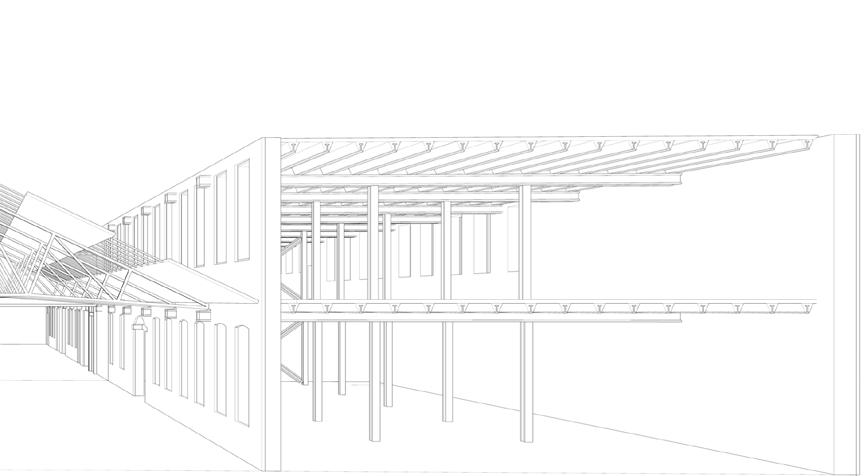
Appeal
"Shipping material, engineering built harbour, railway, the process development and evolution Granton, arguably kept Edinburgh global map the
"Specific kind lego-like brick that could expand building quickly used
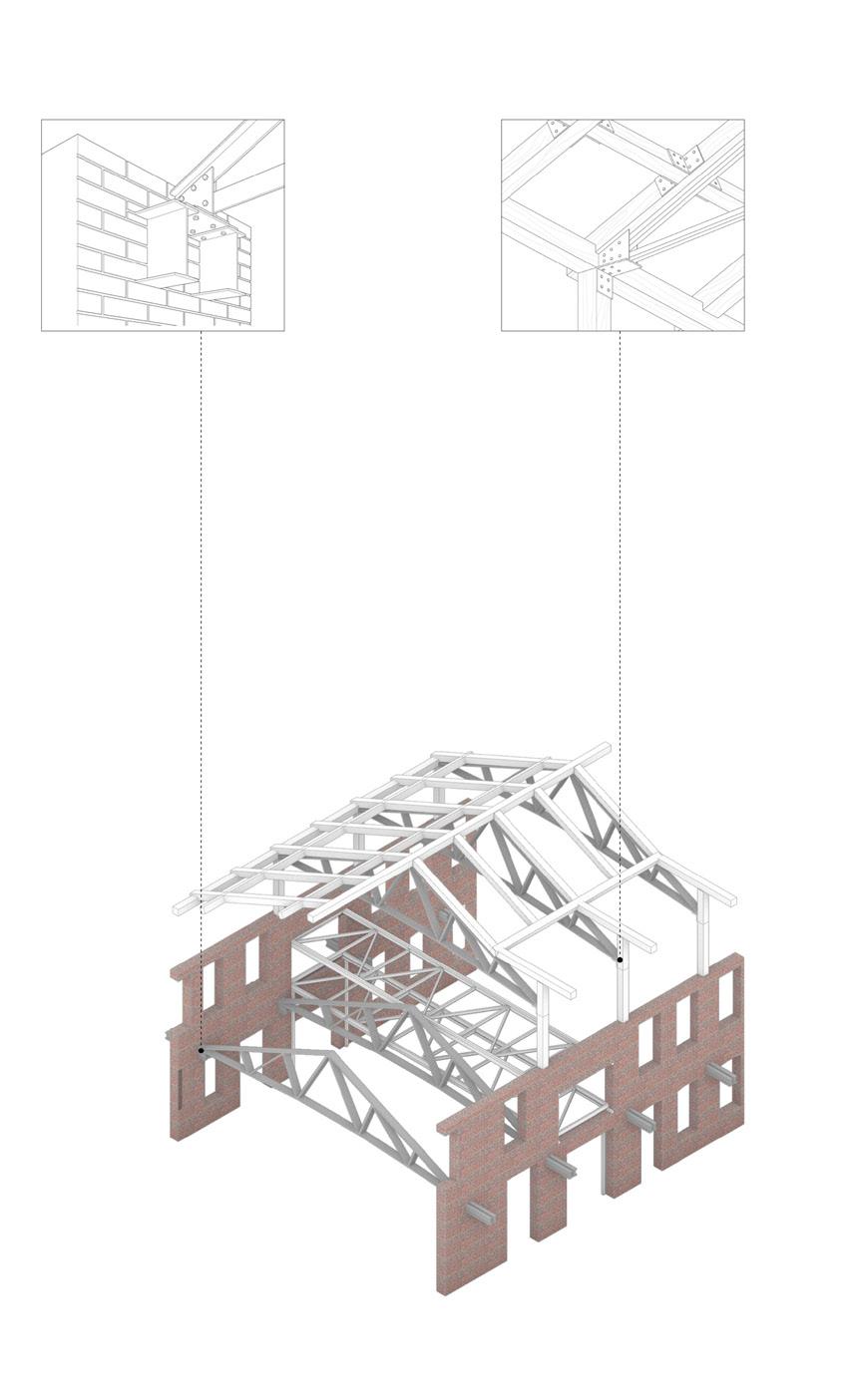
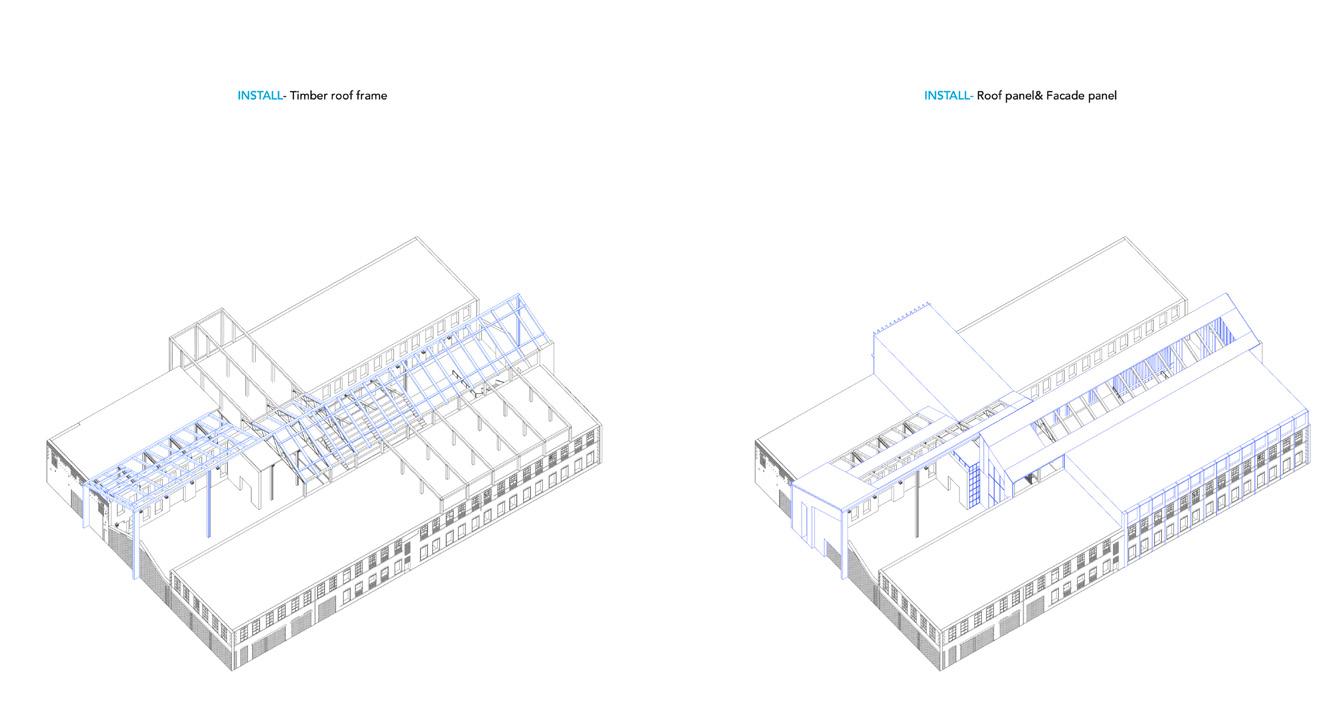
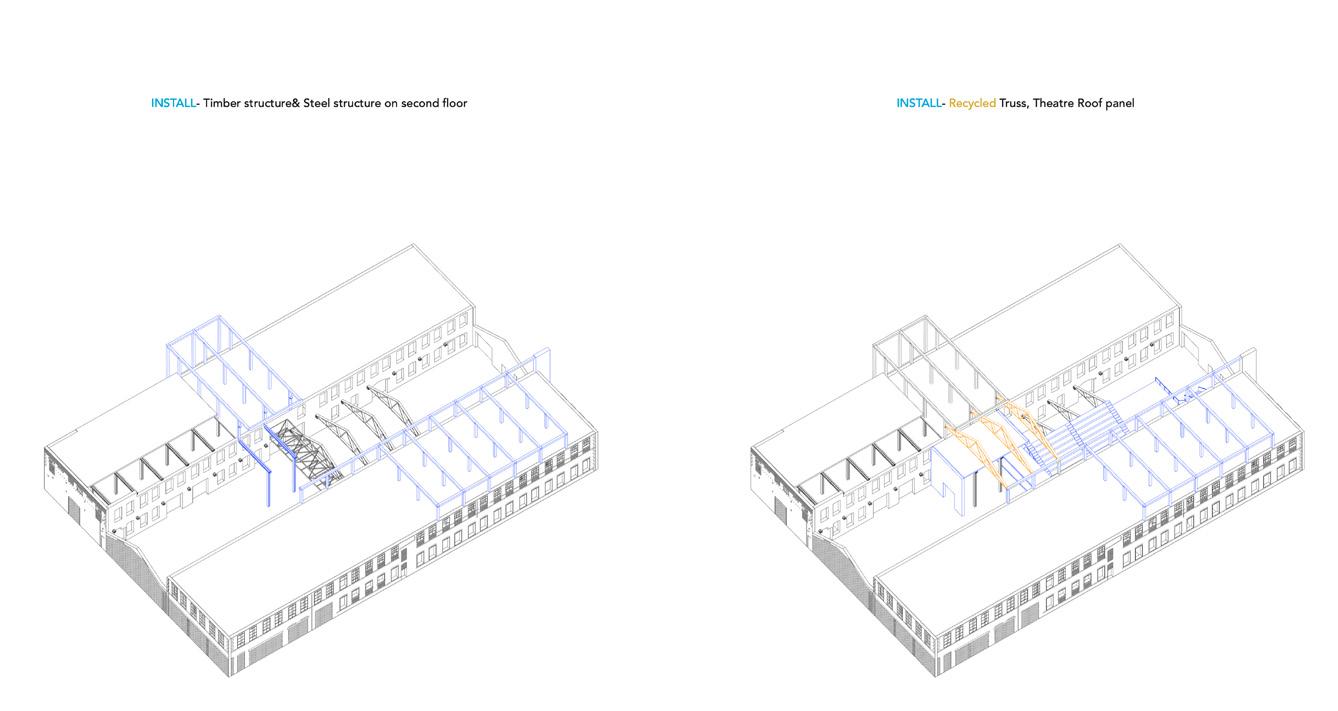
"And there was, course, Granton Gas Works wich was opened 1903, which provided city with gas. Facilities were tremendous because had trains, Fishing boats, oil tankers. We had everything" romantic wallowing the drama loss and what's gone watching buildings getting demolished whild you hold onto memories, and just because place demolished doesn't mean you can't hold onto those momories.." "You don't need all heavy industries that we had before, because they don't exist almost anywhere but you can have shops and restaurants, over Granton think would good. They need facilities, that's they lacking, the facilities."
"We had cross railways buy newspaper some sweets from the sweet shop. "Railways weren't fenced fished and nobody ever drowned, parents never told when get home, German guys played football with and gave cigarettes.. wherever srill prefer ro come back here." "There was railway really fenced anything. And we pllayed almongst rails, but never over weren't stupid enough hit train"
Function Design Structure/ Material 03

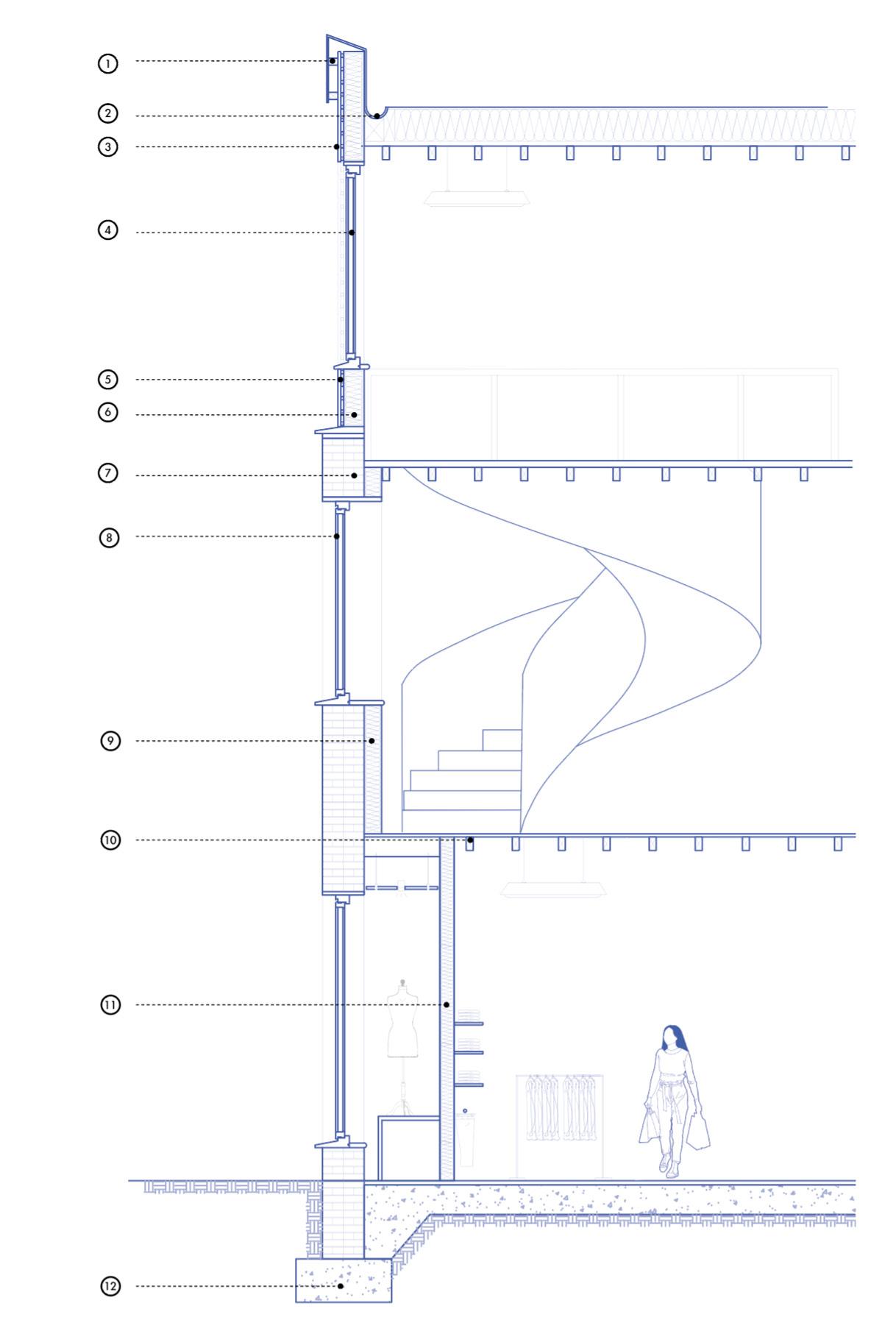

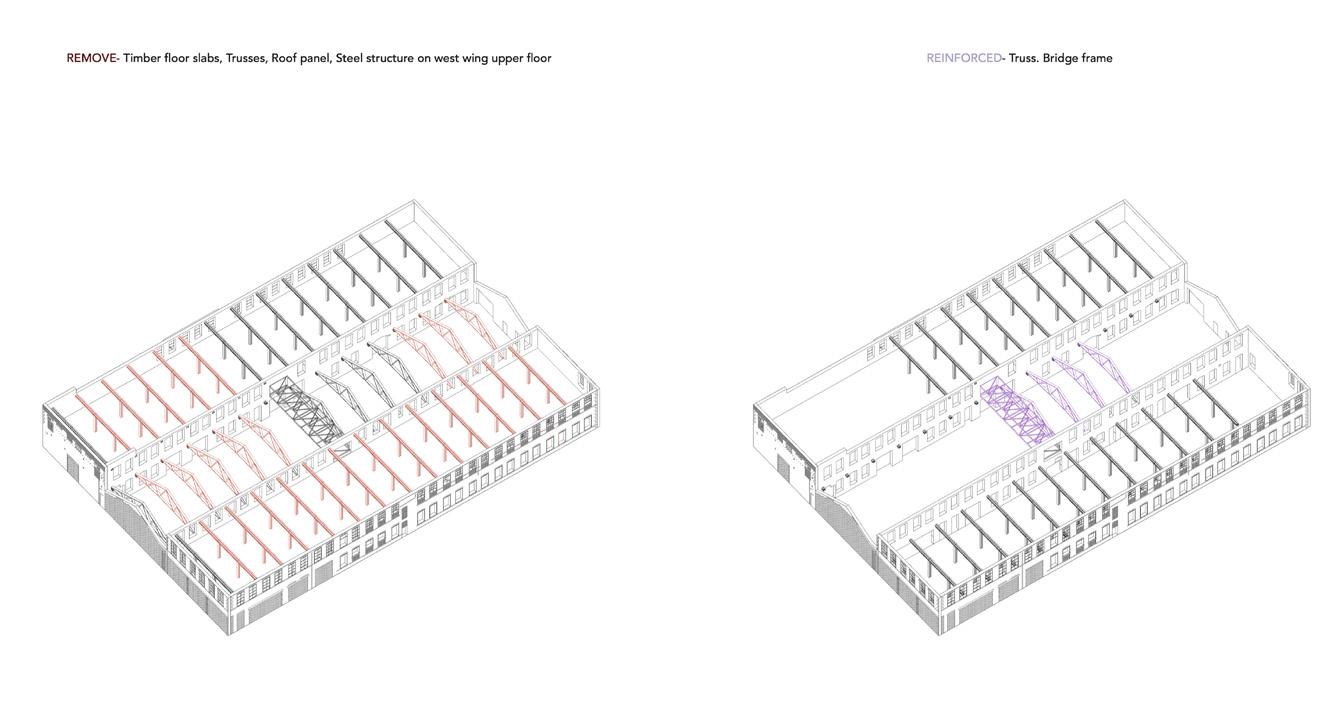
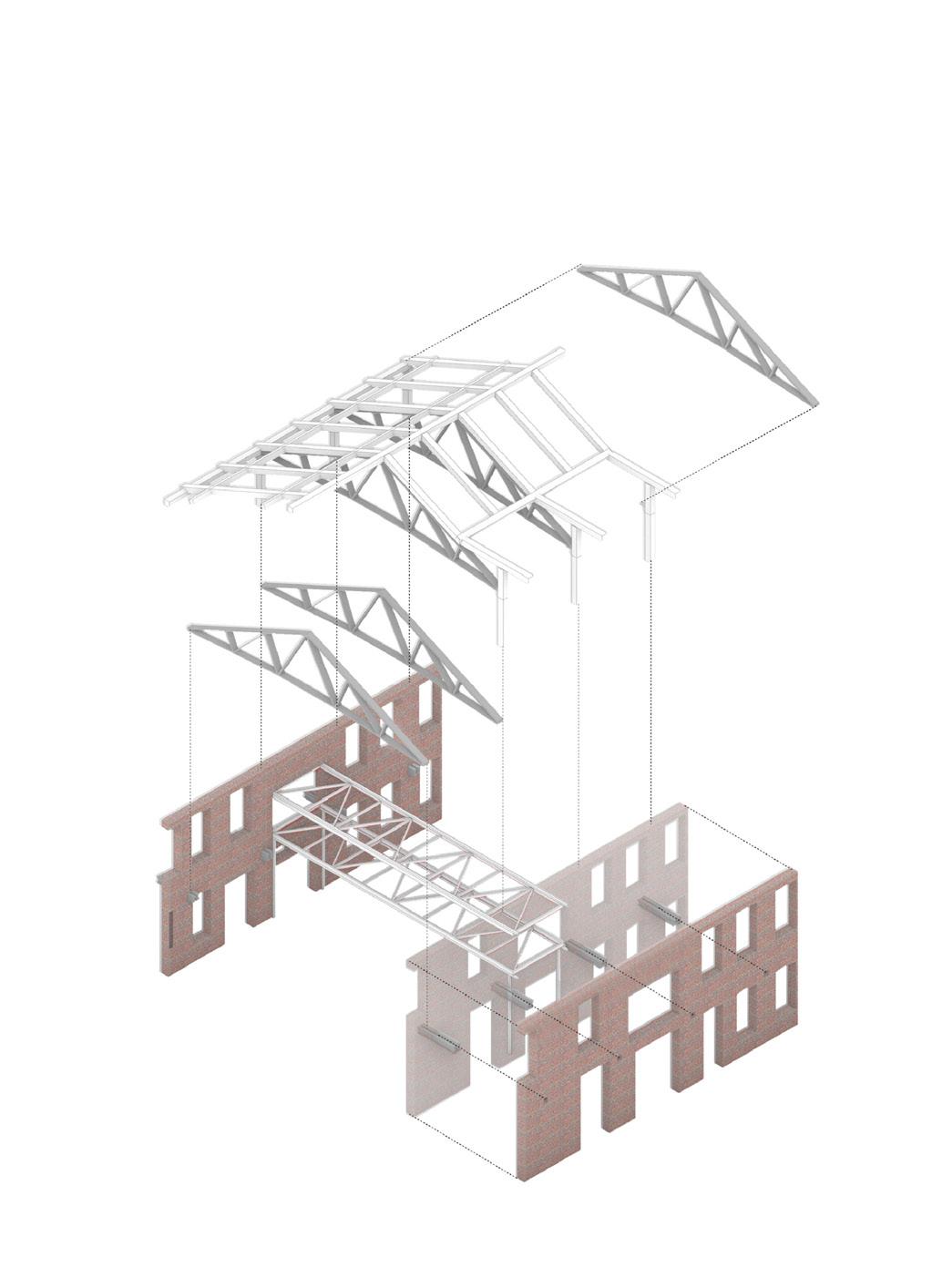
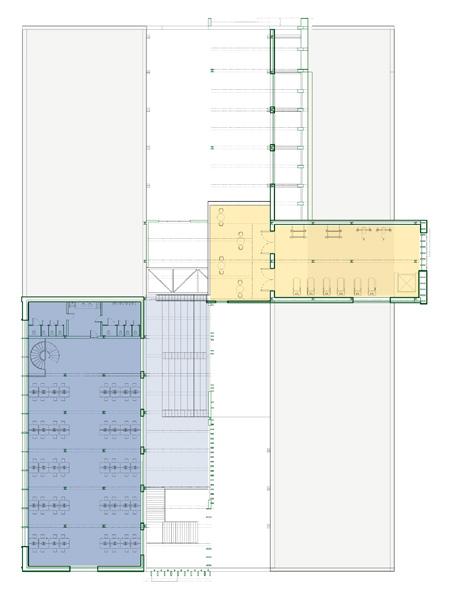
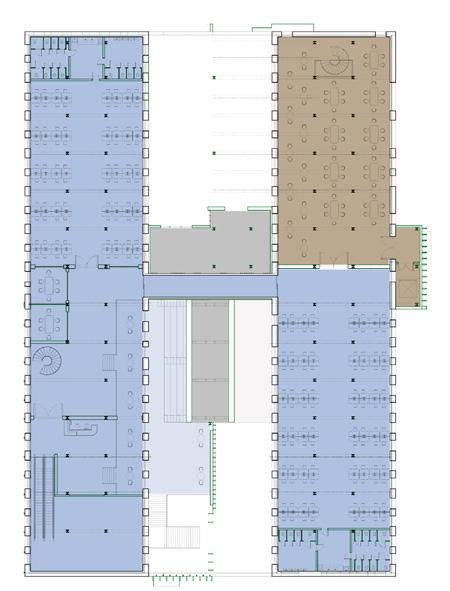
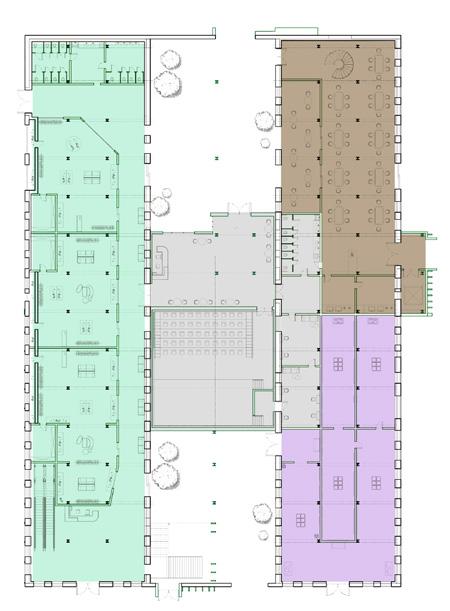
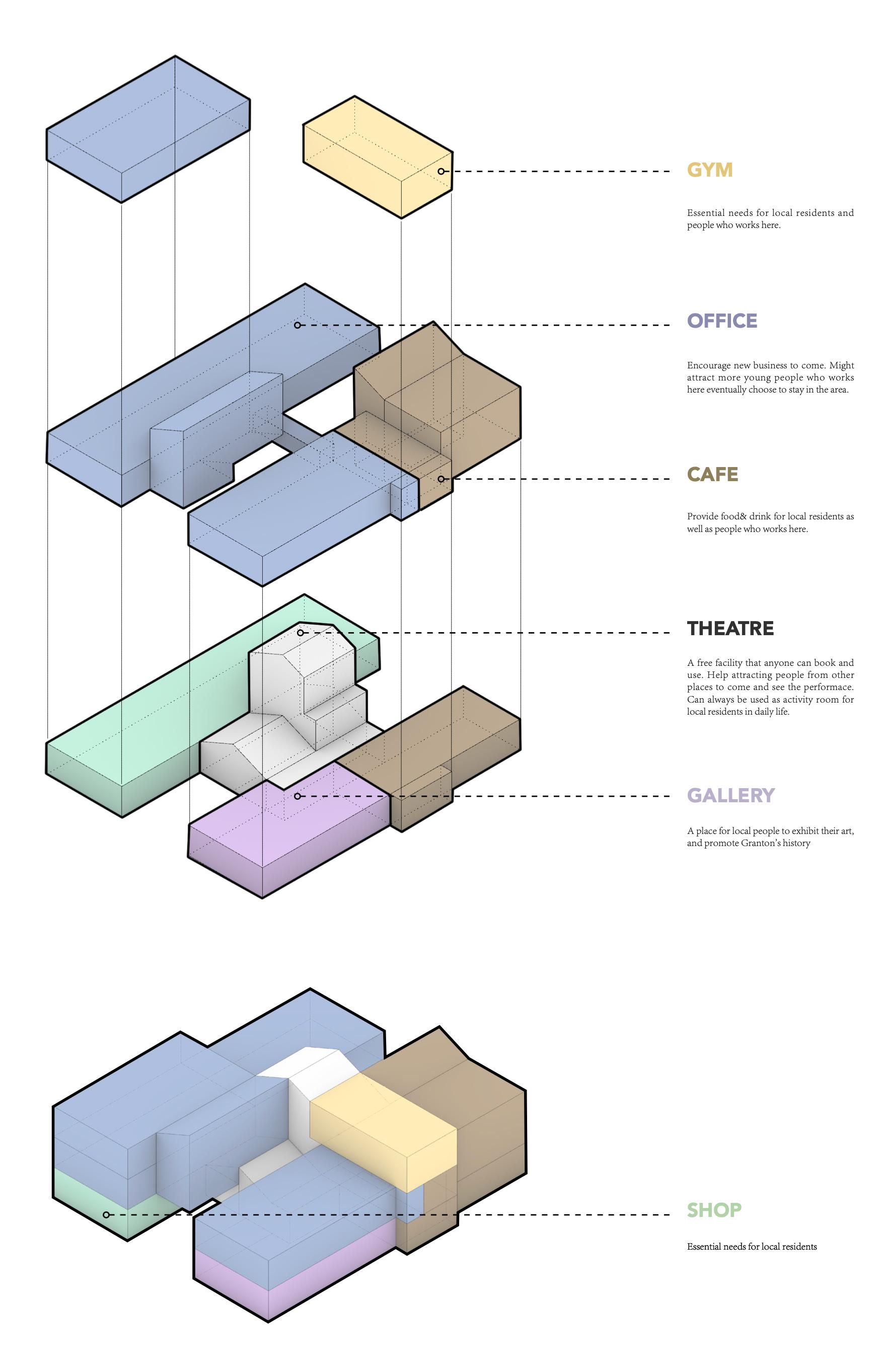
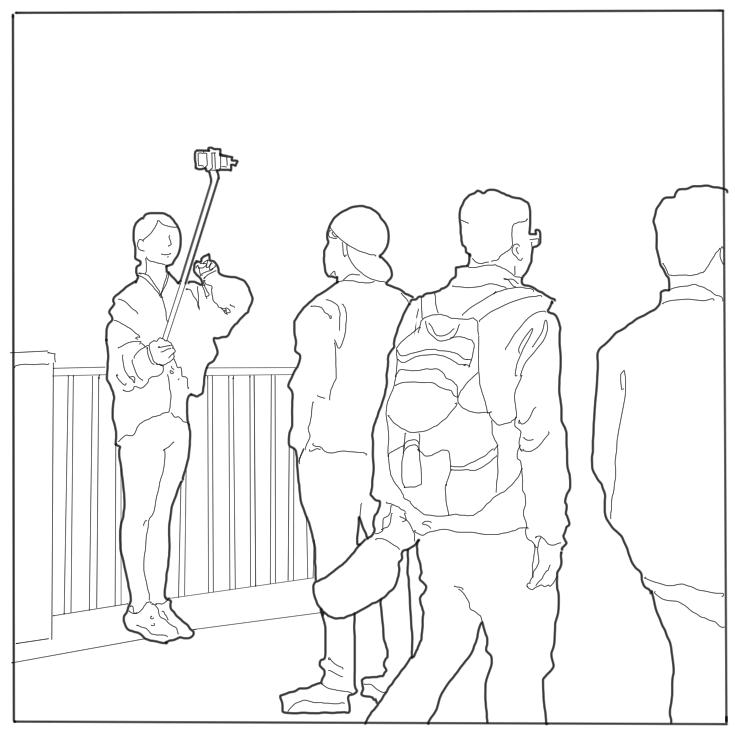
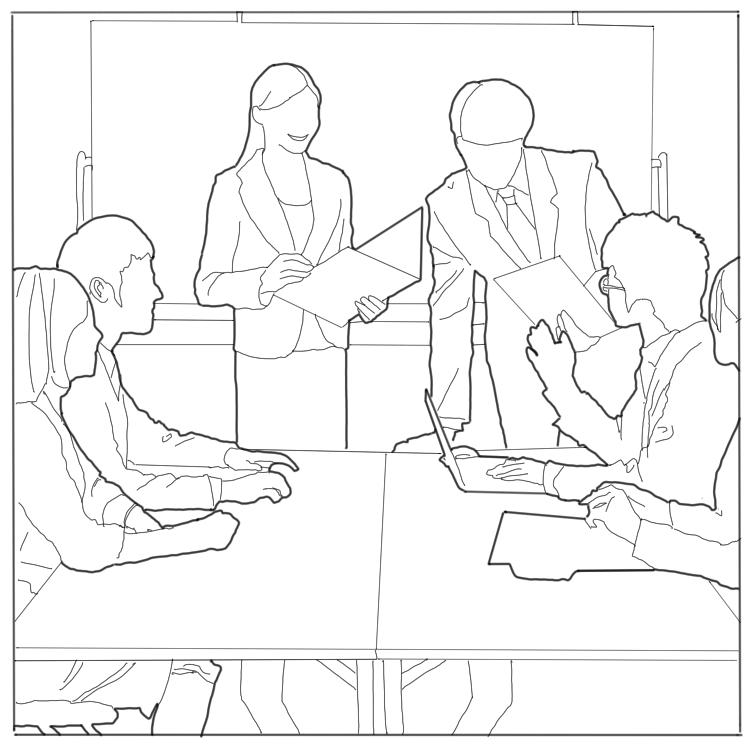
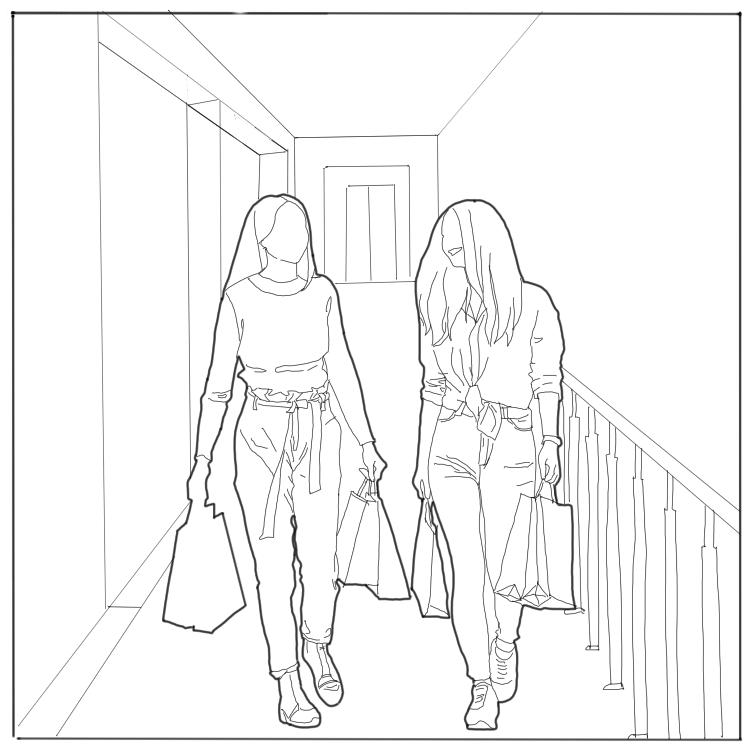
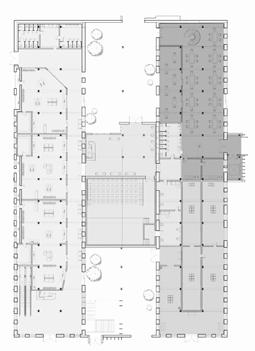
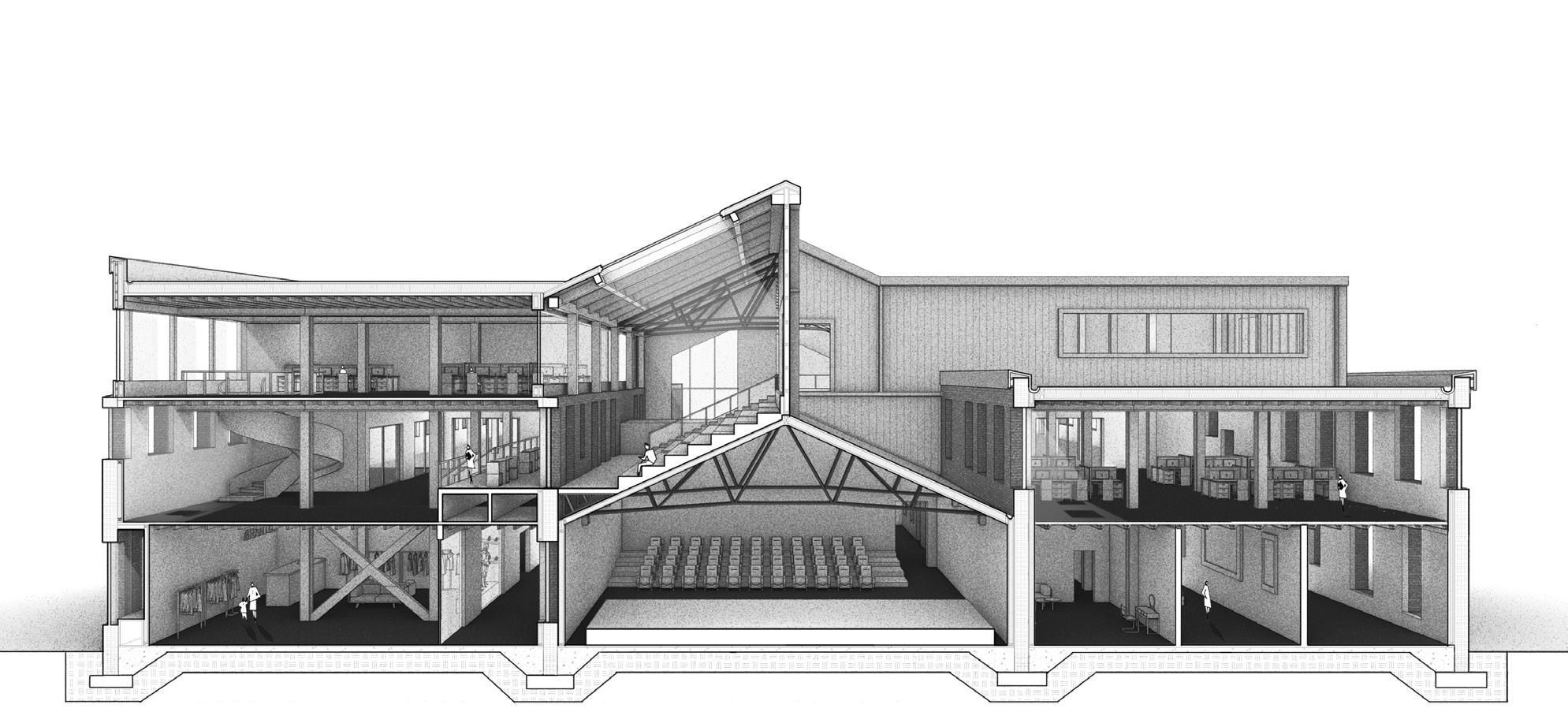


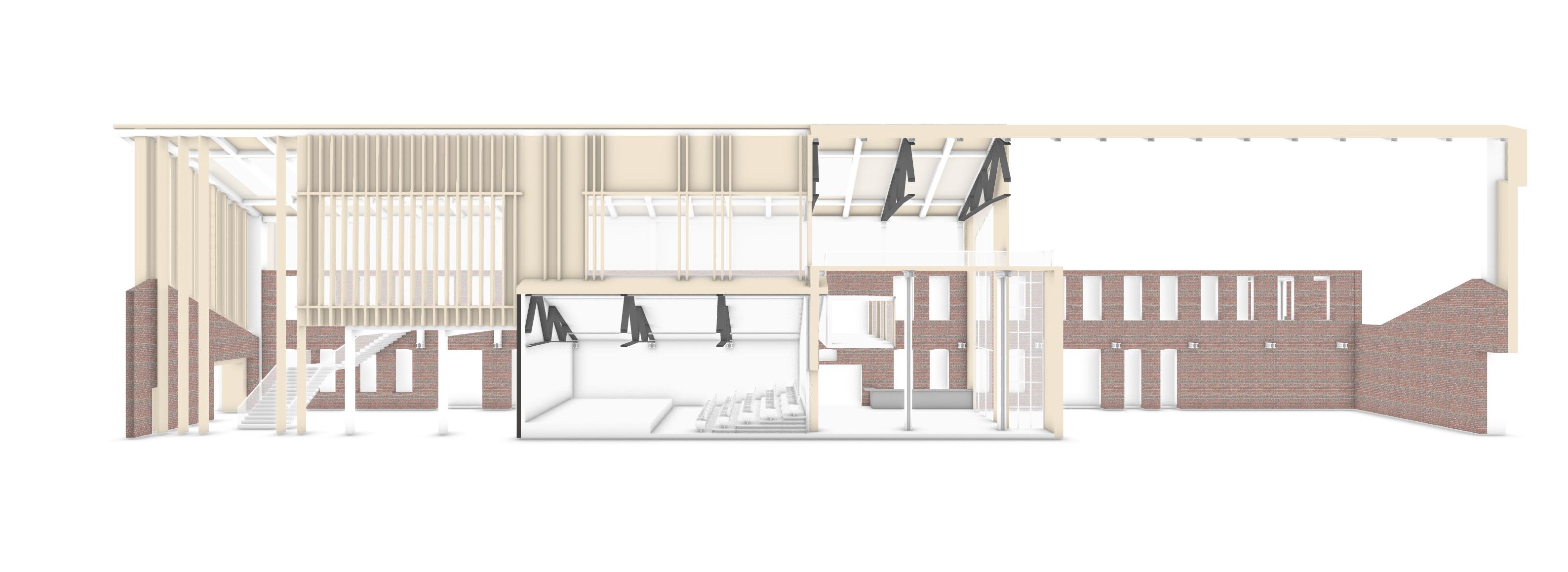

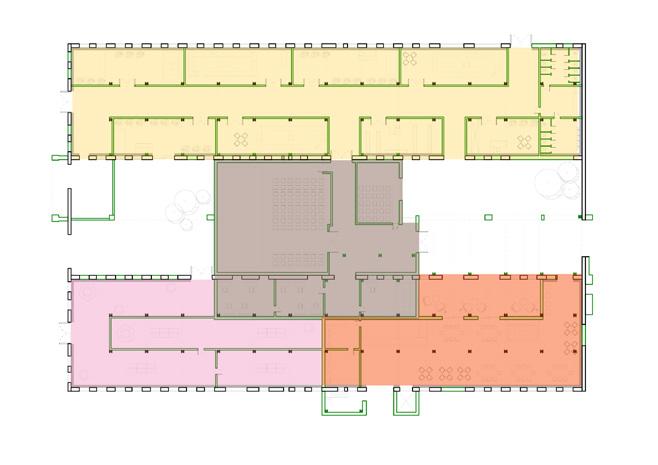
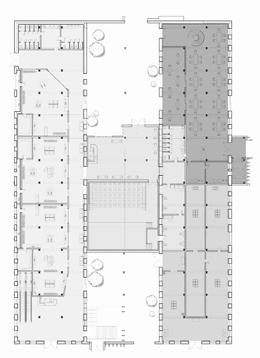
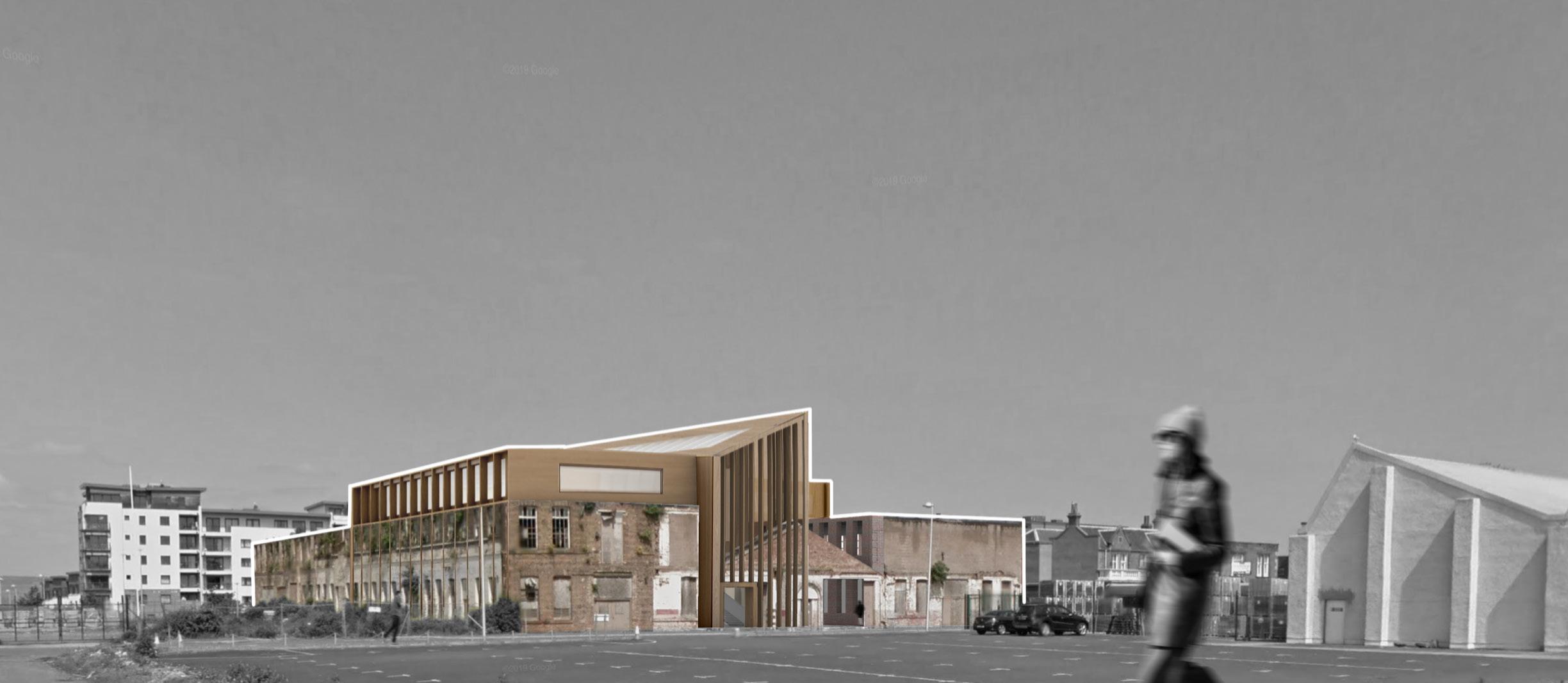
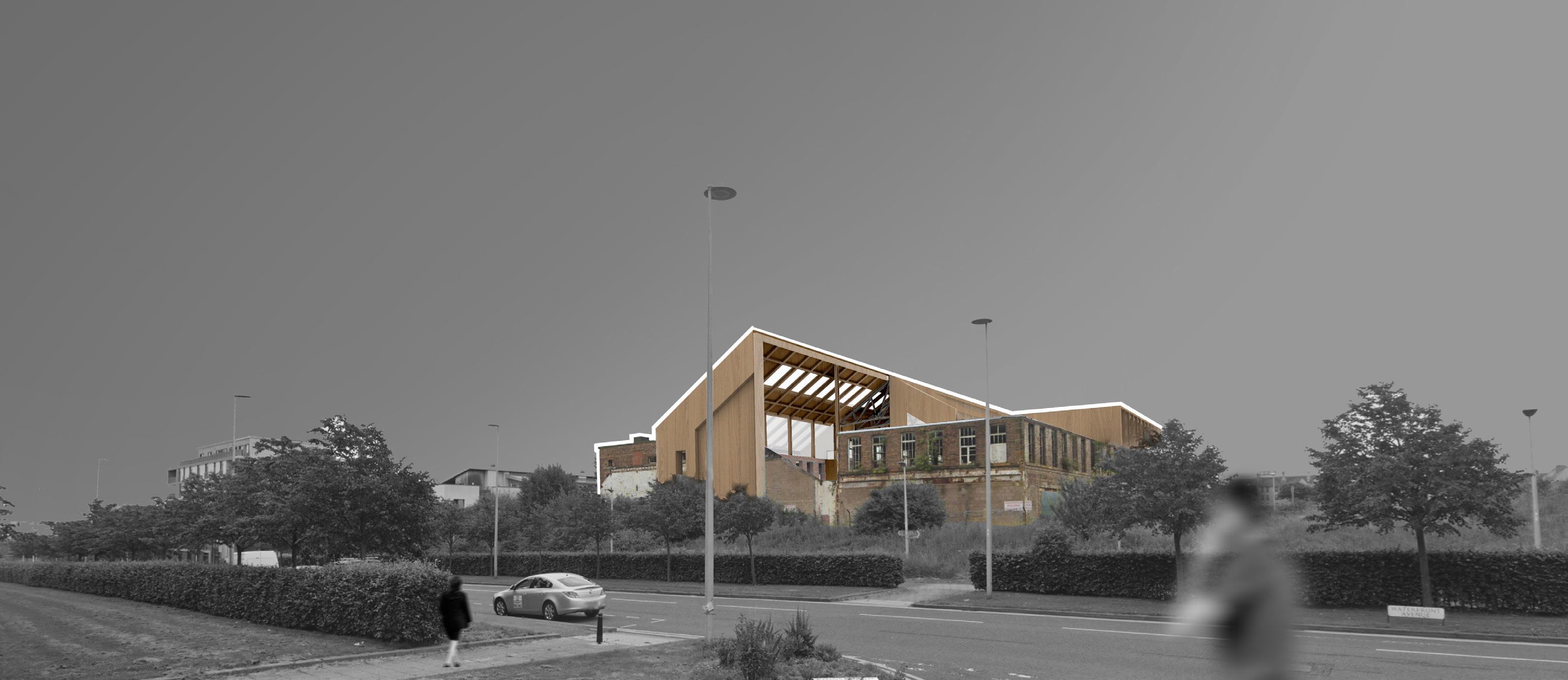
This project explores the innovative use of discarded cork stoppers as a sustainable building material, utilizing a familiar bar setting as the starting point. Driven by the challenges posed by limited resources and the pandemic, the project aims to repurpose waste materials into stable and versatile structures. Over time, the cork-based structures will grow and spread throughout the city, serving not only as architectural elements but also as tools for historic building restoration, furniture, and more. The concept envisions a future where collected cork stoppers are transformed into connectable 'cork bricks' and distributed as a mainstream building material, eventually becoming an integral part of the urban landscape. This project ultimately emphasizes the importance of sustainability, resourcefulness, and the power of memories in shaping our cities and communities.






